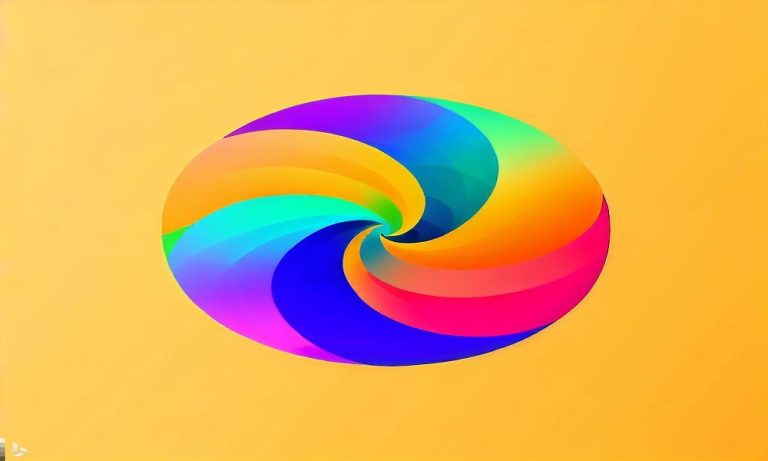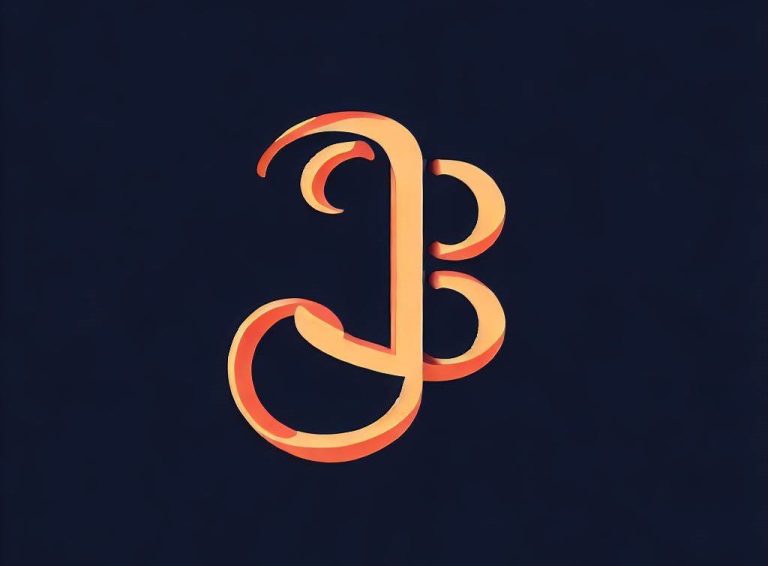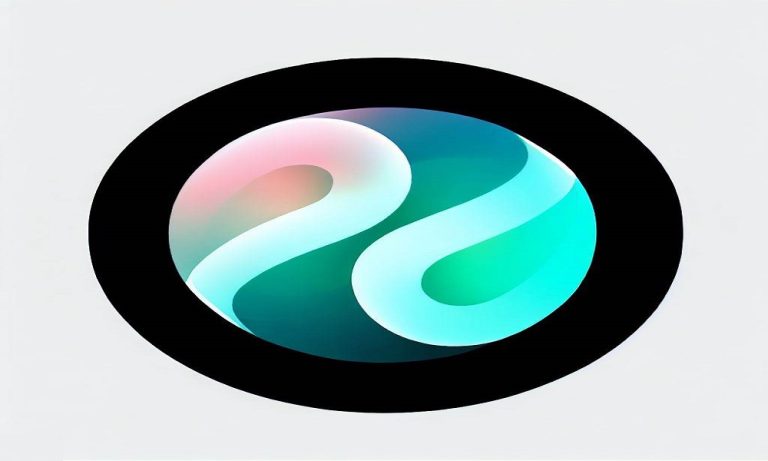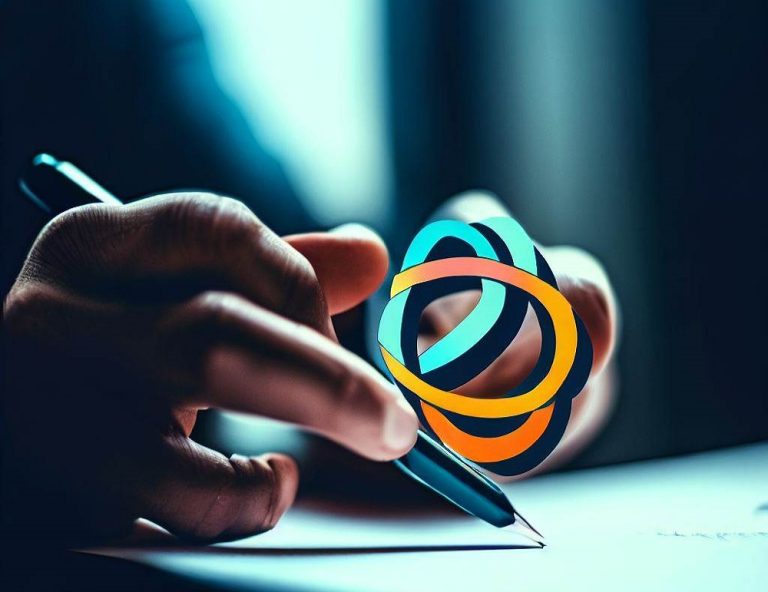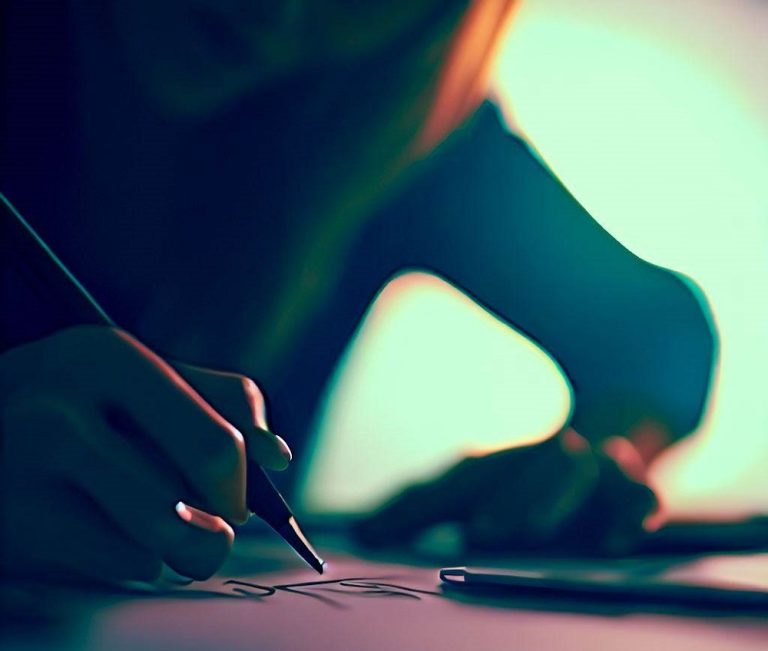Logo Design Trends: Creating Fresh, Modern, and Relevant Designs
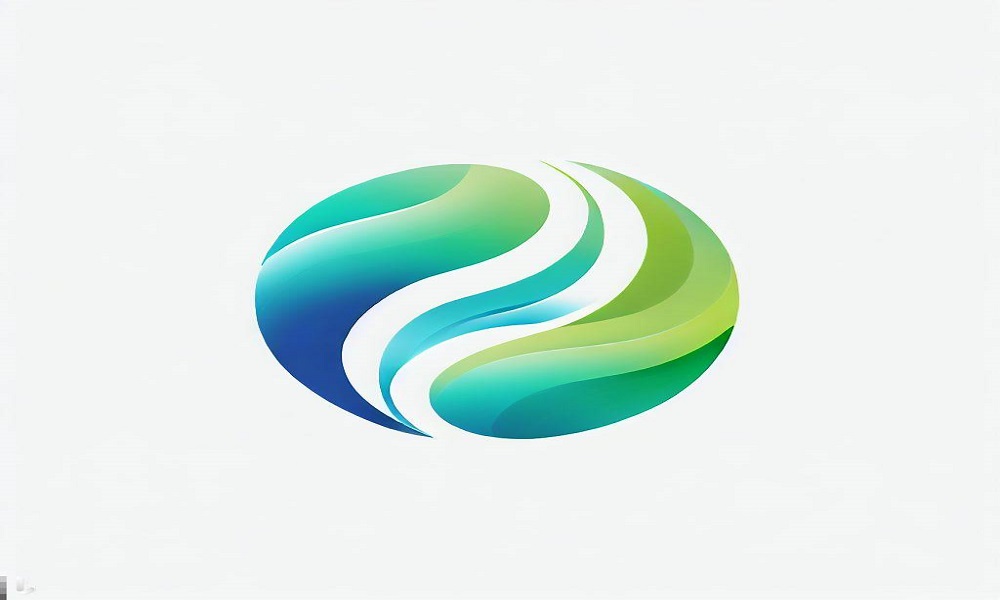
Logo design trends are ever-evolving, influenced by cultural shifts, technological advancements, and design aesthetics. Staying up-to-date with the latest trends is essential for designers to create logos that feel fresh, modern, and relevant.
In this blog post, we will explore the dynamic landscape of logo design trends, highlighting the key elements and styles that are shaping the industry today. By embracing these trends, designers can infuse their logo designs with contemporary flair and ensure their work remains visually compelling, resonates with the target audience, and reflects the zeitgeist of the time.
Contents
Riding The Wave Of Logo Design Trends
1. Minimalism and Simplification
Minimalism continues to dominate the logo design landscape, with clean lines, simplified forms, and negative space being key elements. Logos that embrace minimalism make a bold statement through simplicity, conveying a sense of elegance, clarity, and modernity.
Stripping away unnecessary details allows the core message of the brand to shine through and ensures scalability and versatility across different mediums.
2. Geometric Shapes and Patterns
Geometric shapes and patterns are experiencing a resurgence in logo design. These elements provide a structured and balanced aesthetic, adding visual interest and creating a contemporary look.
The use of geometric forms, such as circles, triangles, and hexagons, conveys a sense of stability, harmony, and precision. Incorporating geometric patterns or grid systems within a logo can further enhance its impact and create a cohesive visual language.
3. Handcrafted and Authentic Feel
In contrast to the clean lines of minimalism, logos with a handcrafted or organic feel are gaining popularity. Hand-drawn illustrations, lettering, and imperfect shapes evoke a sense of authenticity, uniqueness, and human touch.
These logos often convey a more approachable, personal, and artisanal image, appealing to audiences seeking a connection with brands on a deeper level.
4. Color Gradients and Vibrant Palettes
Color trends in logo design are shifting towards vibrant and bold palettes. Color gradients, also known as “color transitions,” add depth and dimension to logos, creating visual interest and a dynamic look.
Vibrant colors can evoke energy, excitement, and playfulness, making the logo stand out and leave a lasting impression. By experimenting with unique color combinations and gradients, designers can inject life and personality into their logo designs.
5. Responsive and Dynamic Logos
With the proliferation of digital platforms and interactive experiences, logos are adapting to be responsive and dynamic. These logos are designed to morph, animate, or adapt to different contexts, providing a memorable and engaging user experience.
Responsive logos ensure consistency across various screen sizes and adapt to the fluidity of digital environments, reinforcing brand recognition and creating an interactive brand presence.
Conclusion
Staying informed about logo design trends is vital for designers to create designs that feel fresh, modern, and relevant. Trends such as minimalism, geometric shapes, handcrafted aesthetics, vibrant color palettes, and responsive designs are shaping the logo design landscape.
By embracing these trends, designers can infuse their logo designs with contemporary flair, appealing to the sensibilities of the target audience and reflecting the spirit of the times.
However, it’s important to strike a balance between following trends and maintaining a timeless quality. Ultimately, by leveraging these trends thoughtfully, designers can create logos that make a lasting impact and stand the test of time.

